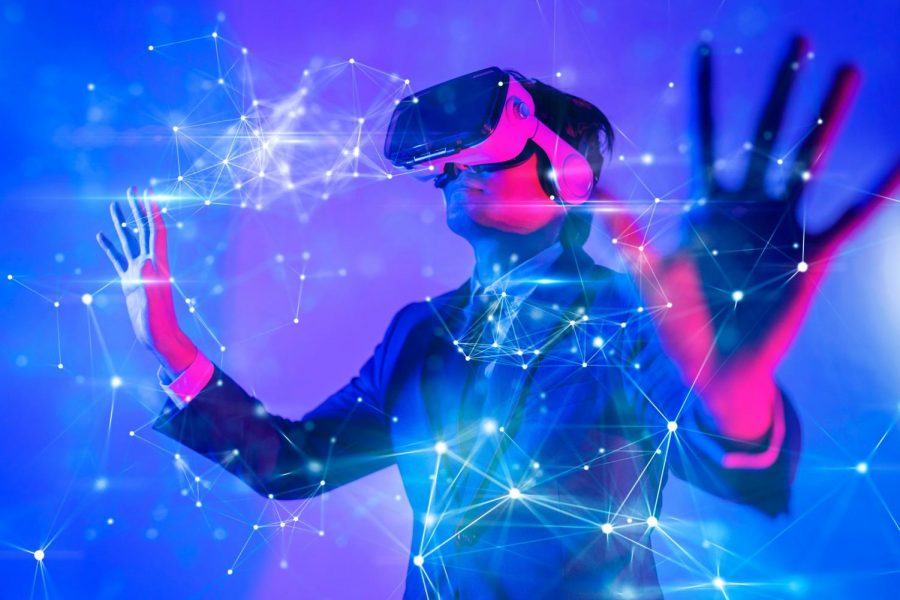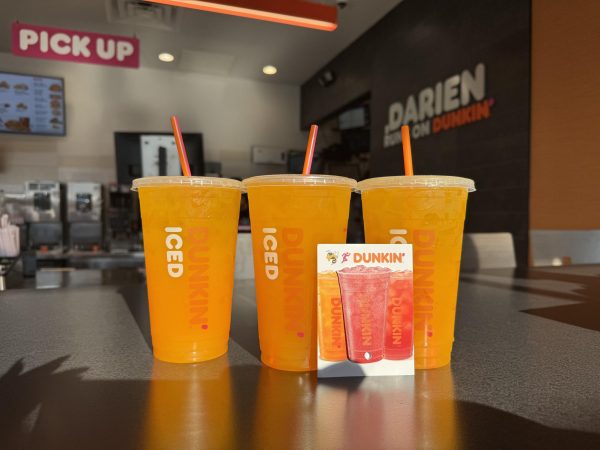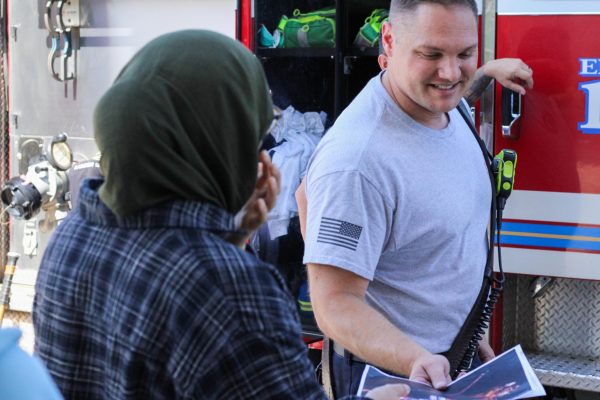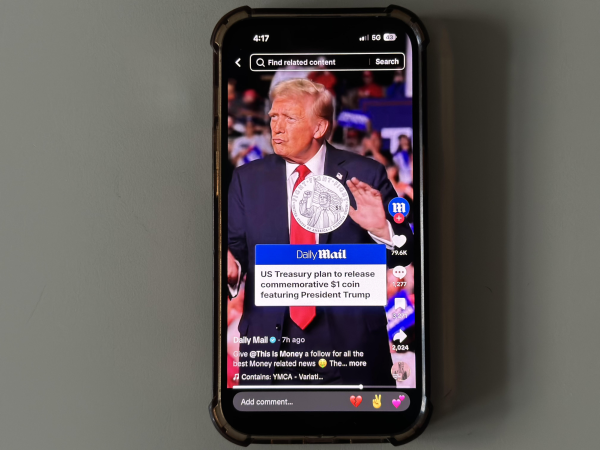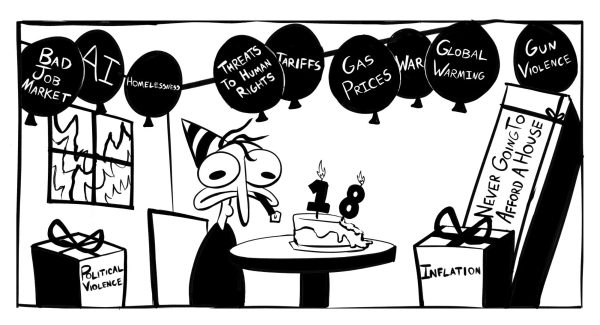Meet the Metaverse
On October 28, 2021, Mark Zuckerberg announced that the Facebook corporation, which owns platforms including Facebook, Instagram, and WhatsApp was changing its name to Meta. Zuckerberg claims that this rebranding represents the company’s ambitions to extend their work beyond the limits of social media. Meta’s mission is still apparently to connect people, but now through a virtual world where individuals can work and play together in addition to social media. This virtual world is called the “metaverse,” a term coined by Neal Stephenson in his 1992 science fiction novel Snow Crash, which describes a virtual world similar to the one Meta seeks to create.
Meta intends to use Virtual Reality and Augmented Reality technology to bring people into the metaverse, which the company has been involved in since 2014 with their $2 billion acquisition of the VR company Oculus. Despite Meta’s intentions to bring the metaverse into VR, they are not the creators of the metaverse, as it already exists. The current metaverse exists primarily as a place to conduct online business through cryptocurrencies, NFTs, and DAOs.
With the growth and development of blockchain technology, and the birth of the metaverse, the structures of traditional financial institutions are being completely disrupted. Cryptocurrencies called “stable coins,” which are designed to maintain a stable price relative to a traditional currency, are threatening to replace traditional banking altogether, by providing the same storage of currency as traditional banks, while offering 8-12% (or more) in annual interest returns compared to the average bank interest rate of only 0.03% annually. Stable coins offer a fraction of the potential for large returns as other cryptocurrencies, but are a lot less risky and a lot more consistent.
The blockchain is also revolutionizing the way companies function with “DAOs.” A DAO or a “Decentralized Autonomous Organization” is a community-led institution that has no central leadership or hierarchical structure. The rules and functions of a DAO are set by “smart contracts,” which are programs on the blockchain that are set to function only when certain conditions are met. For example, in a DAO in which members sell t-shirts, smart contracts could be set to pay members $10 in Ethereum for every t-shirt sold. Smart contracts are set by members of the DAO and can only be changed through voting by members; thus, there is no room for traditional hierarchies and all business conducted by the DAO is completely transparent. Members can conduct business from anywhere in the world as DAOs function entirely online and are not restricted by the geographical restraints of traditional businesses. DAOs usually function to manage online businesses or create and trade digital assets such as NFTs and crypto currencies.
MakerDAO is currently the largest Decentralized Autonomous Organization in the world with around $9.5 billion in assets and over $60 million in revenue in 2021, which it gained through the management of two cryptocurrencies, DAI and MAKR. MakerDAO generates DAI, an aforementioned stable coin, and loans it out to customers, while MAKR allows individuals to buy into MakerDAO, similarly to a traditional stock, making them part of the DAO and allowing them to take part in decisions that will determine its future. The more MAKR an individual holds, the more influence they hold in MakerDAO, yet they are still unable to make decisions and issue smart contracts without majority support of other members.
The intentions of a large social media conglomerate like Meta/Facebook to expand the metaverse under their brand seem to be contradictory to the direction in which the metaverse and internet as a whole seem to be heading. This is because the purpose of cryptocurrencies and DAOs is to decentralize currency and business, which directly opposes Meta’s intentions to control a very large portion of the metaverse.

